author: Robert W. Penry @2023
History of Genealogy
History
is a series of past events connected with someone or something.
Family History is a subset of history. Family history is researching a series of past events associated with a family.
Family History is what we do. Genealogy is how we do it.
Genealogy defines the skills needed for gathering family information.
A genealogist researches the history of families, using the techniques, tools, and rules defined within the genealogy skill.
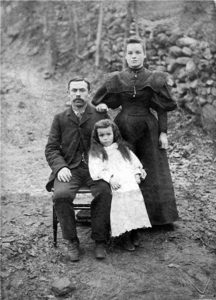
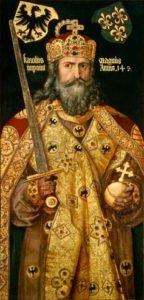
When Did Family History Begin?
Family history began when man learned to speak. This made it possible to tell stories about one’s family. The only genealogy skills needed were the ability to remember and to communicate. Sometimes these stories were drawings on cave walls, or perhaps told around a campfire. Unfortunately, we have no way of knowing when man first began to speak.
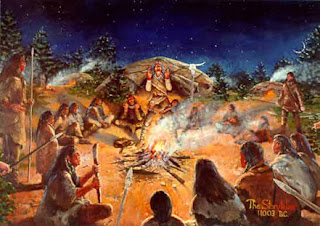
Man Learned to Write!
The earliest writing was on stone tablets, metal plates, papyrus and linen. Paper was developed about A.D. 205 in China
Family History information began to be collected to prove lineage or increase one’s stature in the community.
Egyptians kept the lineage of their leaders (Pharoes) on stone tablets or stelae sometime in the 4th millenium B.C. Religious texts such as the bible contained genealogical information recorded between 1500 B.C and about A.D. 70.

When Did Family History/Genealogical Research Become Popular?
Although records have been kept for many centuries, they were not researched by the majority of people. In the late 1800’s, genealogical and heritage societies started to form as society elites found it increased their stature by proving they were descendants of important immigrants such as the passengers of the Mayflower, or having an ancestor serving in the Revolutionary War. The New England Historic Genealogical Society was the first to be formed in 1845. The Genealogical Society of Utah was founded in 1894 by the Church of Jesus Christ of Latter-Day Saints. The Daughters of the American Revolution (DAR) was founded in 1890. The Mayflower Society in 1897. Soon societies began throughout the U.S. in States and Cities.
It took longer for the world to start genealogical societies. In England, there are now over 100, but most have been founded after 1974!
Genealogical research becoming popular in the world is a 20th Century phenomenon.
However, there is one group that made up the majority of people doing family history research in early days. This was the members of the Church of Jesus Christ of Latter-Day Saints. This research began to grow following the dedication of the Salt Lake Temple in 1893. Family History Research is part of the religious doctrine of the church. Latter-Day saints research their lineage to have religious covenants such as baptism performed vicariously. Almost all interest in family history/genealogy is the result of the LDS Church developing standards, books and forms, and serving in many genealogical societies world-wide.
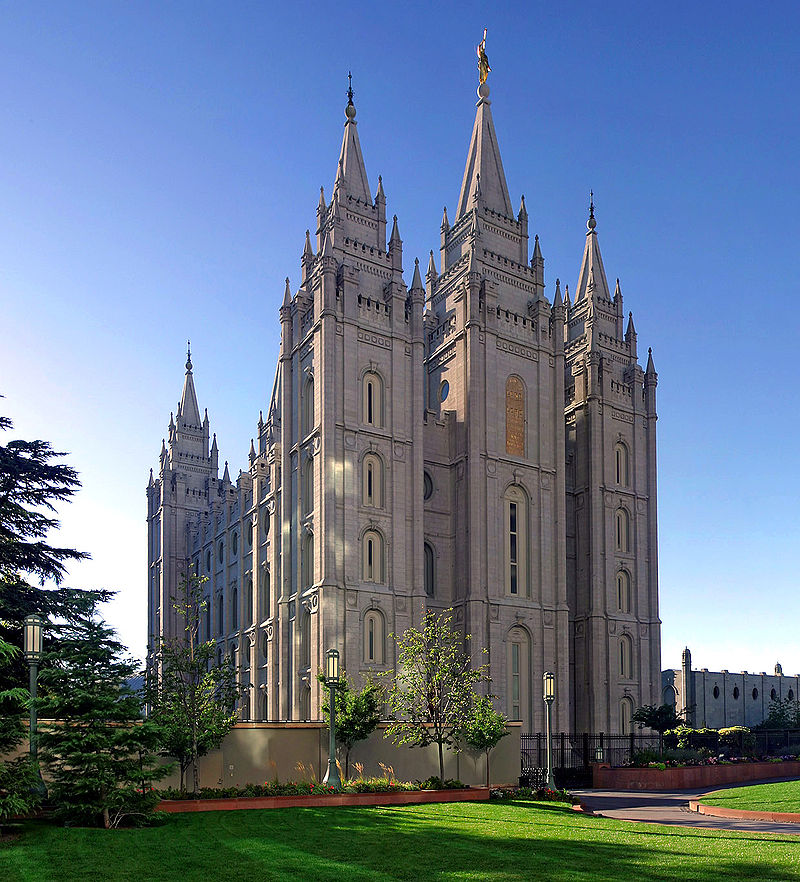
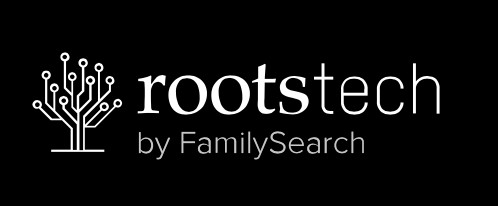

Events that Have Made Family History/Genealogy Popular
Publication of the Book “Roots” and the TV Series “Who Do You Think You Are?”
Development of a set of standards called GEDCOM.
Publication of Instructional Materials (books and forms).
Invention of the Personal Computer.
Development and Sale of Computer Applications for recording family information.
Growth of The World-Wide Web and YouTube.
Development of Genealogical Databases.
Each of these events will be explained in detail in the following pages.
In 1976, Alex Haley (1921-1992) wrote the book “Roots:The Saga of an American Family“. Alex Haley was a descendant of slaves. He traced his linage back to Africa. ABC adapted the book as a miniseries in 1977 with 130 million viewers. This jump-started an enormous interest in family history in America and quickly spread world-wide.
In 2004, BBC began a British genealogy documentary series “Who Do You Think You Are?” that ran for 19 seasons, tracing the lineage of British celebrities.
In 2010, NBC started an American version of “Who Do You Think You Are?“, in partnership with Ancestry.com and Shed Media that traced the lineage each week of a chosen celebrity. This show ran for 11 seasons.
“Who Do You Think You Are?” also has had genealogy documentary versions in Australia, Canada, Ireland, Denmark, Norway, and Sweden and has had a great impact in the growth of world-wide family history research.
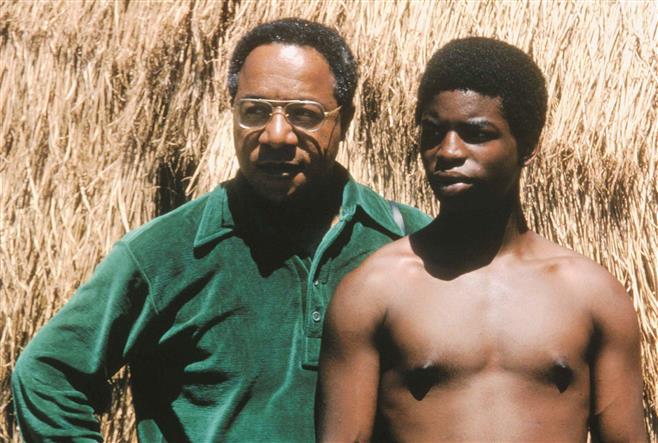
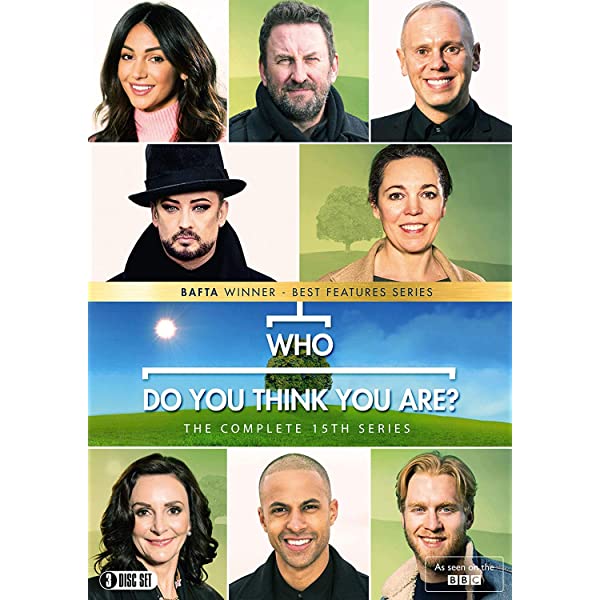
Genealogy Standards - GEDCOM
As we collect information and put it in a computer program, we may wish to share that information with another, perhaps a relative, or upload the information to an online database like FamilySearch or Ancestry.com.
If everybody in the world used the same genealogy program, just copying the file and either sending it by e-mail or on a disk or thumb drive would be fine. But everybody does not use the same program. Can one program read a file directly copied from another program? Not usually.
Genealogists were aware of the problem, so a special data file was designed.
It is called GEDCOM (GEnealogyDataCOMmunications). A special committee was established in 1984 by the Church of Jesus Christ of Latter-Day Saints to determine standard data elements for Genealogy. There are hundreds of data elements in the GEDCOM.
Most fields were designed to expand the five basic fields of Name, Sex, Birth, Death and Marriage. Your author has been a contributor for design modifications.
GEDCOM standards make it possible to enter data in an established format to eliminate error and confusion.
The best example is the date. If I write a check and enter the date as 3/11/23, you assume that the date is Mar 11, 2023. But if you wrote the check in Europe, 3/11/23 would be Nov 3, 2023! The European date format creates a lot of confusion for visitors from the U.S. and would cause many mistakes in entering dates in genealogy programs. GEDCOM establishes a single format used everywhere. That format is dd/mmm/yyyy. The check example above would be entered on a genealogy form or computer program as 03Nov2023. The dd (day) is always two digits – 01 thru 31. The month is always alpha – Jan thru Dec. Why year as yyyy? Centuries are needed in genealogy. Using just yy could mean 2023 or 1923 or even 1523.
To repeat – The establishment of data entry standards eliminates error and confusion.
The GEDCOM file is a text file, and every Genealogy Program and Database has been designed to import and export GEDCOM files, thus making it possible to share information.
Sample line from a GEDCOM file.
n OBJE @<XREF:OBJE>@ {1:1} G:\FamilyHistory\Media\Adams.jpg
I can export my data file from my genealogy program as a GEDCOM file and e-mail it to my son in Arizona who can open his genealogy program and import my GEDCOM file. This allows an easy exchange of data, and we do not even need to be using the same program.
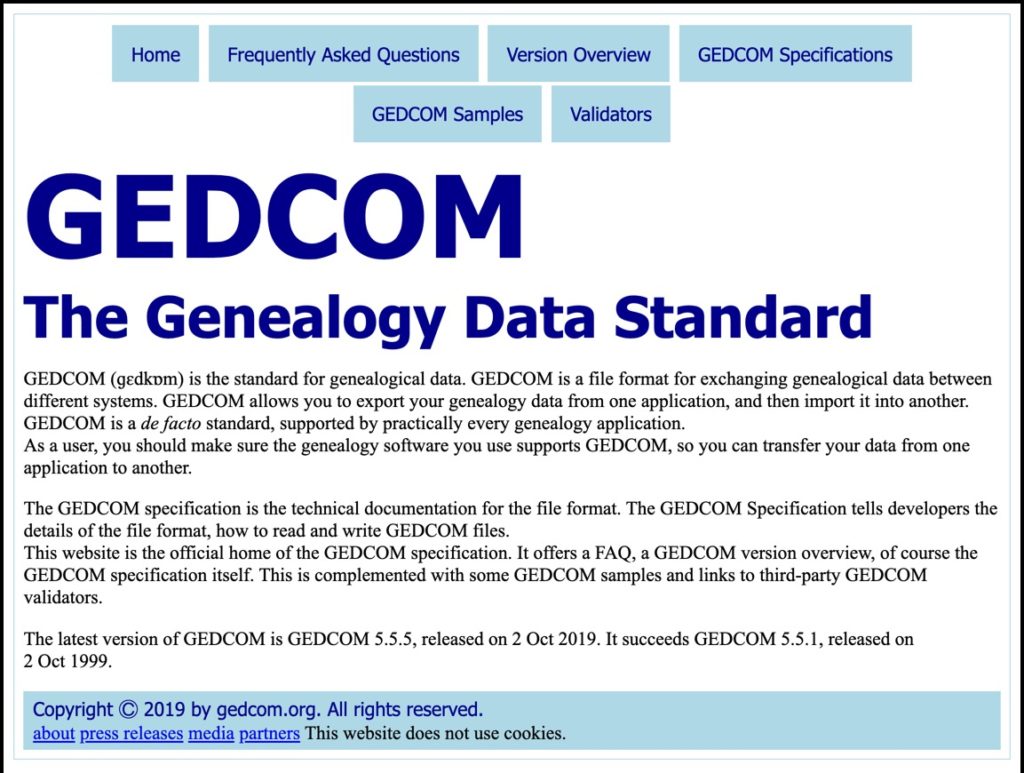

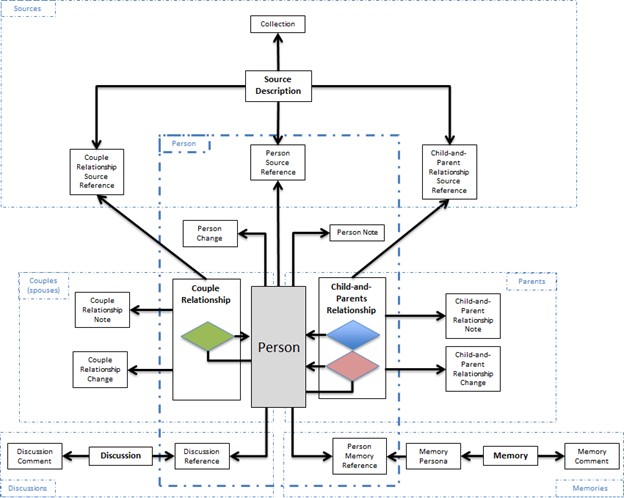
Instructional Materials
As family search became popular, a market for instruction grew. Genealogists started writing and publishing books. Various organizations and companies began to develop forms for capturing information.
The internet opened another market. Websites (such as this one) were written to teach people how to do research and to enter information into programs. YouTube has so many videos about genealogy, I couldn’t count them all. I stopped at about 300 and the list was still being populated.
Local genealogy societies and public libraries have a wealth of information in books, microfilm, microfiche, cemetery records, probate court records, etc.
How many books, websites and YouTube Videos are there. There are THOUSANDS!!! Cyndi’s List is a website that is nothing but links to internet genealogy websites, and currently has over 70,000 links!
The instructional material can be very specific. If I am interested in researching Gypsy families of Hungary, I will be able to find a wealth of information. Can you find information about the families of Tonga. Yes! Can you find anything about Floyd County, Kentucky? Yes! Any place or family name that you can think of will have information available.

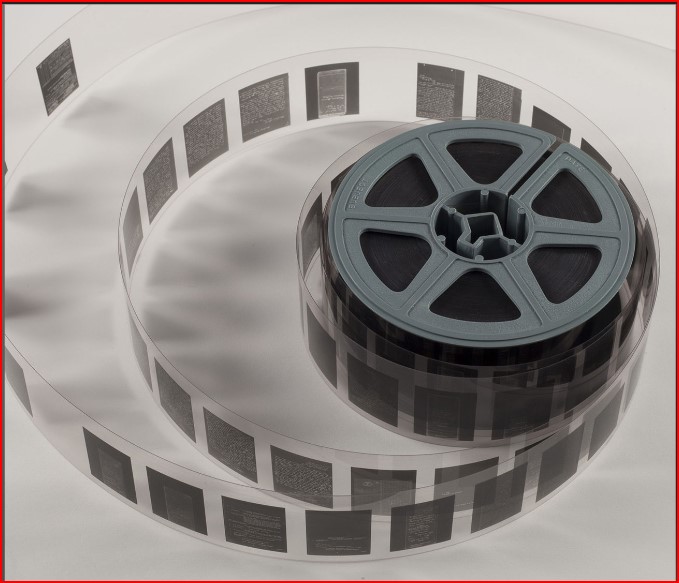
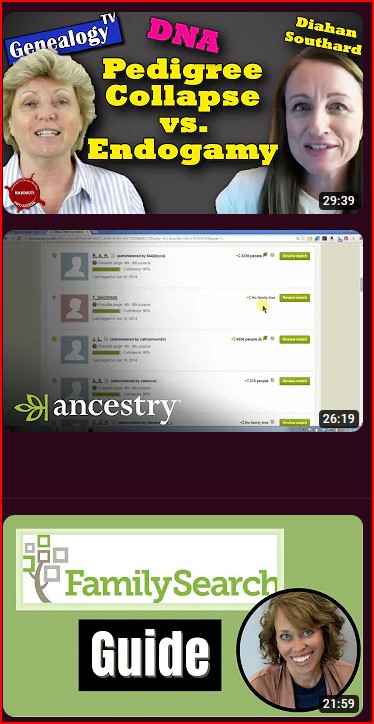
Personal Computers
When I taught high school, one of the courses was “Computer History” Scientists began designing machines for computing, many were simple calculators, as far back a the 1930’s. World War II created a demand for machines that could compute. IBM and Hewlett-Packard were formed during that time. Those early computers used vacuum tubes and filled entire rooms. They were not used for genealogy, but for scientific and engineering applications. These computers did a single function. The first computer to be able to do multi-functions, both commercial and scientific applications, was the IBM 360 in 1964. These mainframe computers were not in homes and were very expensive.
The first commercially available personal computer was the Kenbak-1 Digital Computer in 1971. Only 50 were produced and the company closed in 1973.
Soon after came the first Apple Computer, followed by Tandy (Radio Shack) TRS-80. The IBM PC was introduced in 1981 and was the first to use the Microsoft Operating System (DOS 1.0) and sold for $1,565.
The market then become flooded with competitors, with almost all using versions of Microsoft DOS. Examples were Gateway, Commodore, Compaq, Dell, Acer, Lenovo, HP, and Microsoft. Computer stores also assembled computers from available parts and sold them under their store brand name such as Micro Center’s PowerSpec.
The chips that are used in personal computers are also used for other devices. There are Gaming Systems such as Atari, Microsoft X-Box, Nintendo, and Sony PlayStation.
Personal computers are fantastic tools for genealogists, but we must also include the peripheral devices that are crucial as we work. The printer which allows us to print messages, documents, forms and articles, and do so even in color is a mandatory device. The scanner allows us to scan in a paper document and create an image which can be attached to a genealogy file. We don’t always consider the shredder, but I no longer file paper documents. I scan and keep them on my computer (which I back up frequently); I once had five file cabinets, now I have two.
You can purchase printers that are multi-functional — they can print, scan, copy, and fax. But, can they make a cup of hot chocolate? No, not yet, maybe in the future! The various images showing equipment and programs are for information. They do not constitute an endorsement of any product.
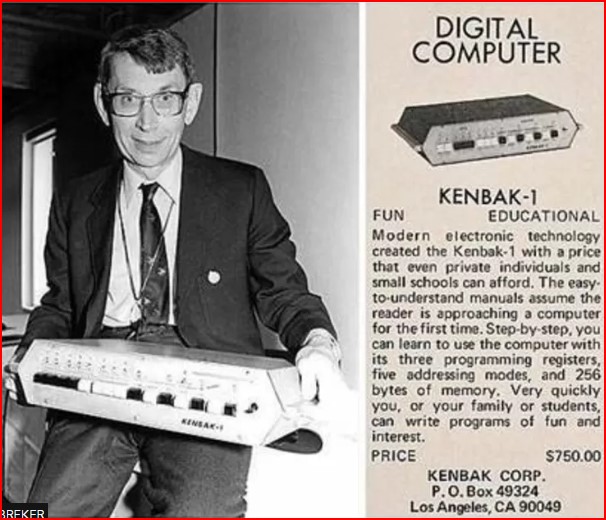
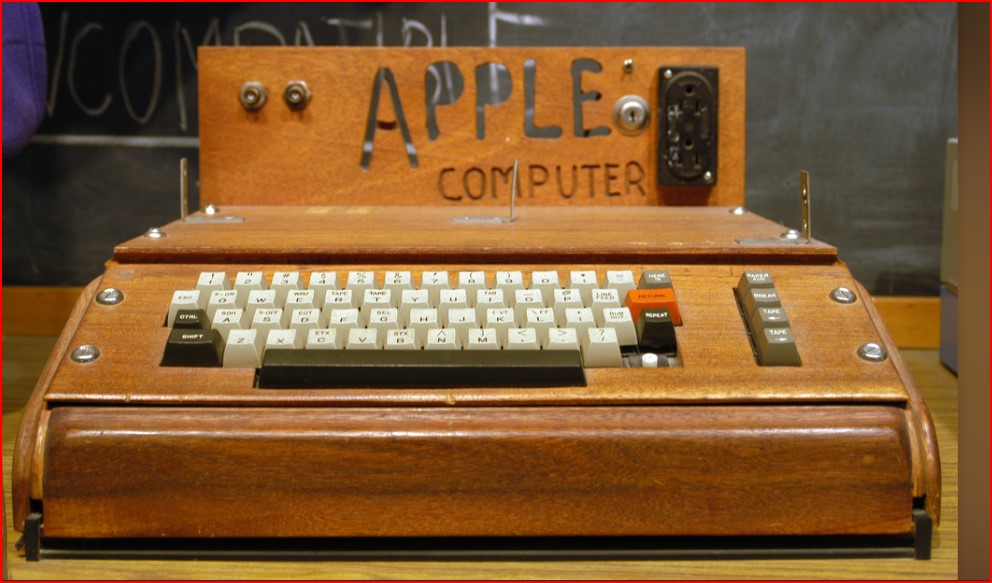
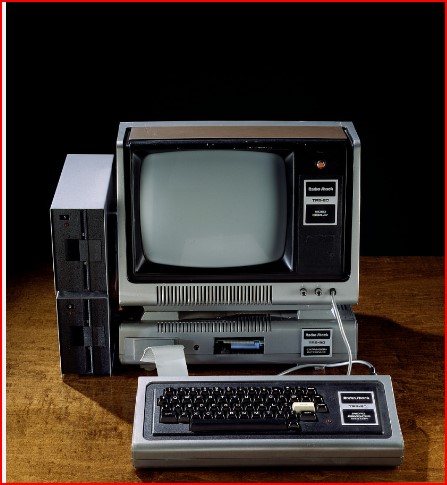
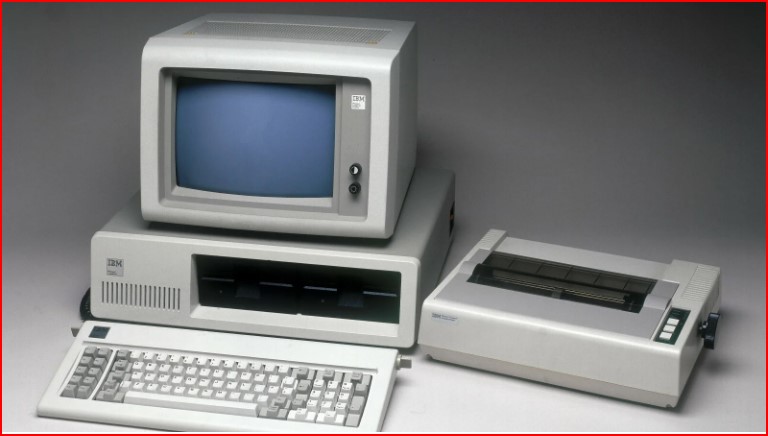



Computer Genealogy Programs
Is a computer genealogy program necessary? No. Before computers, we used paper forms and pencils. We still can. However, we have found that tools are great for most things we do. I could drive a nail with a rock, but I prefer a hammer. The computer lets me do genealogy quickly and accurately. The genealogy computer program is a tool, a necessary tool in today’s world. Is there an alternative to downloading or buying a program? Yes. The Church of Jesus Christ of Latter-day Saints has an online website called FamilySearch, and anyone on earth can obtain a free account. It has a 16.8 billion database of individuals and images (as of Jun 2024), and a 550,000 digital book collection. You can use this database and enter genealogical data into it. It has forms, reports and many instructional tools. But it has one problem. Anyone can enter data. Does that mean that everything entered is 100% correct. No? Data is only as good as the research obtaining the data. Even though I use and teach FamilySearch daily, I also maintain one of the programs listed below. Why? I know that the data I enter into my program has been verified by me, for accuracy and follows distinct rules for entry and verification.
There are many computer genealogy programs which will be listed in a table below. Each uses GEDCOM standards for data entry. They differ mostly in design and what we call “bells and whistles”. These include color coding, fancy charts, filtered reports, alternate views and other features. Almost all have examples and explanation of features on their websites.
WHICH ONE SHOULD YOU CHOOSE? I teach genealogy courses and have many of the programs on my computer for comparison. I always tell those I teach, “Try the free versions of programs, and choose the one you like best.” All programs can do the basic tasks.
A good analogy is buying a car. All cars can start and stop and get you from point A to point B. But do you want a sun-roof, or a back-up camera, or be able to change the color of interior lighting, leather seats, heating for both seats and steering wheel, auto start from a fob or your cell-phone, etc. These bells and whistles cost extra.
Do you want a genealogy program for just entering data and care nothing for the extra features? If so, go for a free version. Compare the bells and whistles of the various programs. If you like the extra features, then buy the one the like.
If you are a member of the Church of Jesus Christ of Latter-Day Saints (LDS Church) then compatibility with FamilySearch is a must. Choose a compatible program. Compatible programs as of Jun 2024: Microsoft operating system PC, choose Ancestral Quest, Legacy Family Tree, MagiKey Family Tree, Roots Magic or Family Tree Maker. If you have a MAC, then choose Ancestral Quest or MacFamily Tree. All of these can import and export GEDCOM files. There may be other lesser known programs. If so, I am unaware.
Before we move on the table of programs, I wish to discuss the pioneer genealogy program. In 1984 after personal computers entered the market, the LDS Church realized that this was the future of genealogy. They contracted with a Utah software company “Inuit” to develop a computer genealogy program. Inuit designed “Personal Ancestral File” (PAF) which was offered free by the LDS church. The last version was updated in 2002 and the program was discontinued by the LDS church in 2013. However, if you have it on your computer, it still works.
Intuit realized that the program needed bells and whistles, and designed and sold “PAF Companion”, a program which added features to PAF. Intuit also designed a full featured program “Ancestral Quest” which is available in both a free and paid version.
In the Table of Programs, clicking the program name will link you to the website where you can get further information and download or purchase the program.
Any program written for a PC can also be run on a MAC using an emulator program such as Parallels Desktop or Windows Emulator.
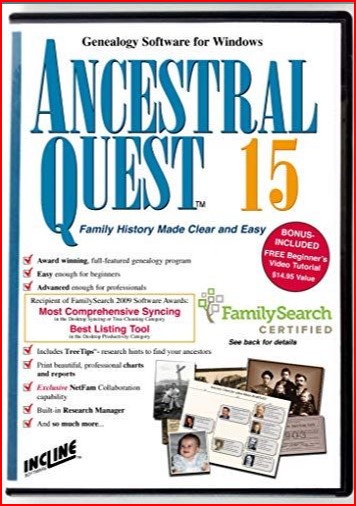
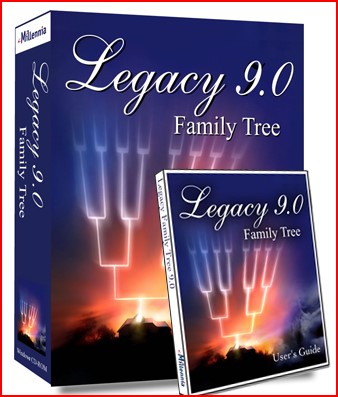
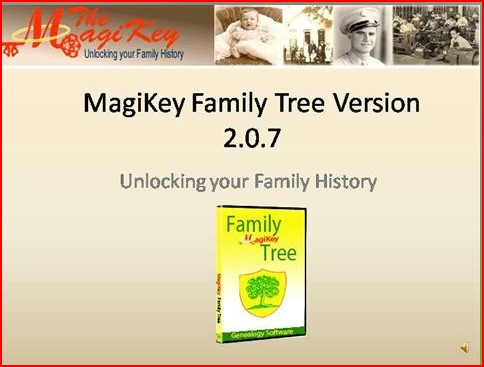
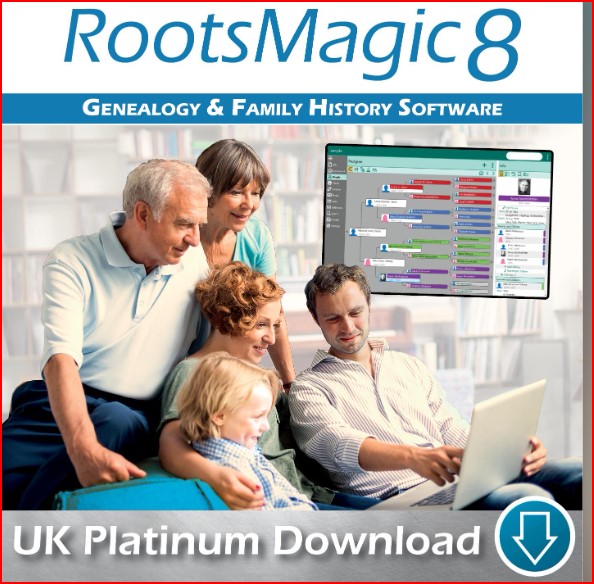
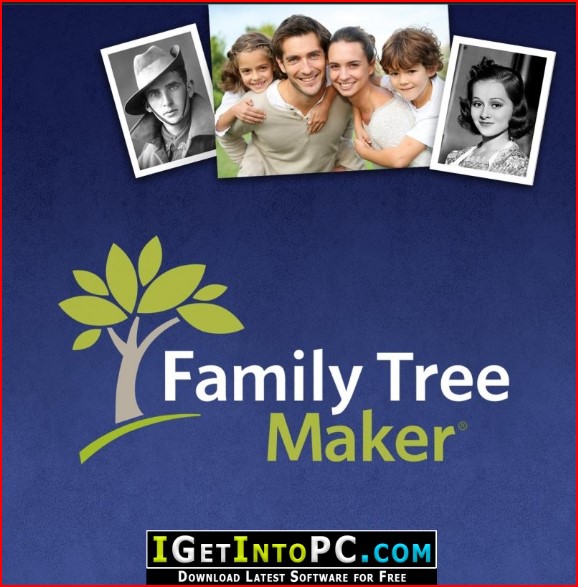
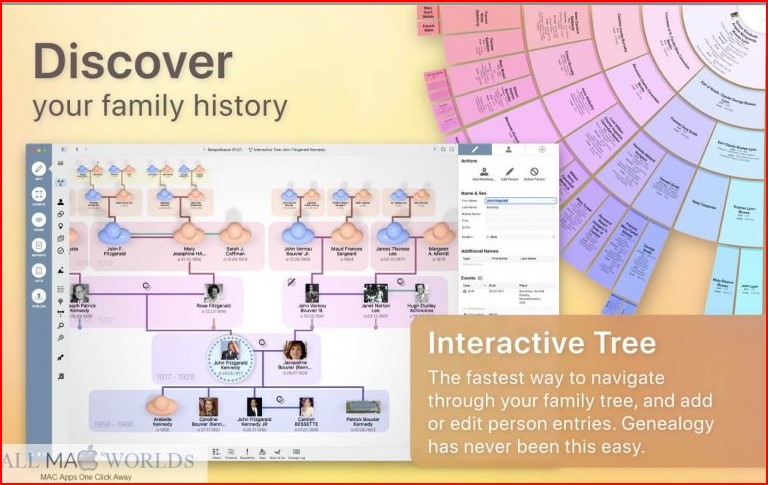
PROGRAM NAME | COST | PC or MAC | FAMILY TREE PARTNER | Location |
|---|---|---|---|---|
Ancestral Quest | $34.95 PC $44.95 MAC | PC and MAC | Yes for both | South Jordan, UT - Incline Software |
Ancestral Quest Basics | Free | PC and MAC | Yes for both | " |
Branches Pro | $29.95 PC $69.99 MAC | PC and MAC | Yes for both | South Haven, MS - Sherwood Electronics Lab. |
Brothers Keeper | $32.00 | PC | Rockford IL | |
Family Historian | $64.95 | PC | London, England - Calico Pie Ltd. | |
Family Tree Maker | $79.95 PC and MAC | PC and MAC | Yes | Boston, MA - MacKiev Software |
GEDitCOM II | $64.99 | MAC | Corvalis, OR - RSAC Software | |
Gramps | Free | PC and MAC | Genealogy Community Project | |
Heredis | $39.99 | PC and MAC | Montpelier, France | |
iFamily for MAC (Leopard) | $49.00 | MAC | Irvine, CA - KS Wilson & Associates | |
Kith and Kin Pro | £29.99 =$35.75 | PC | Scotland - SpanSoft Ltd. | |
Legacy Family Tree | $34.95 | PC | Yes | Utah -Millennia Corporation, purchased by MyHeritage Ltd of Israel in 2017 |
Legacy Family Tree Standard | Free | PC | " | |
MacFamilyTree | $69.99 | MAC | Yes | Rheinland-Pfalze, Germay - Synium Software GmbH |
MyHeritage Family Tree Builder | Free | Yehuda, Israel - MyHeritage Ltd. | ||
Reunion | $99.00 | MAC | Pennsylvania - Leister Productions | |
RootsMagic | $39.95 | PC | Yes | Salem, Utah - RootsMagic, Inc. |
RootsMagid Essentials | Free | PC | Yes | " |